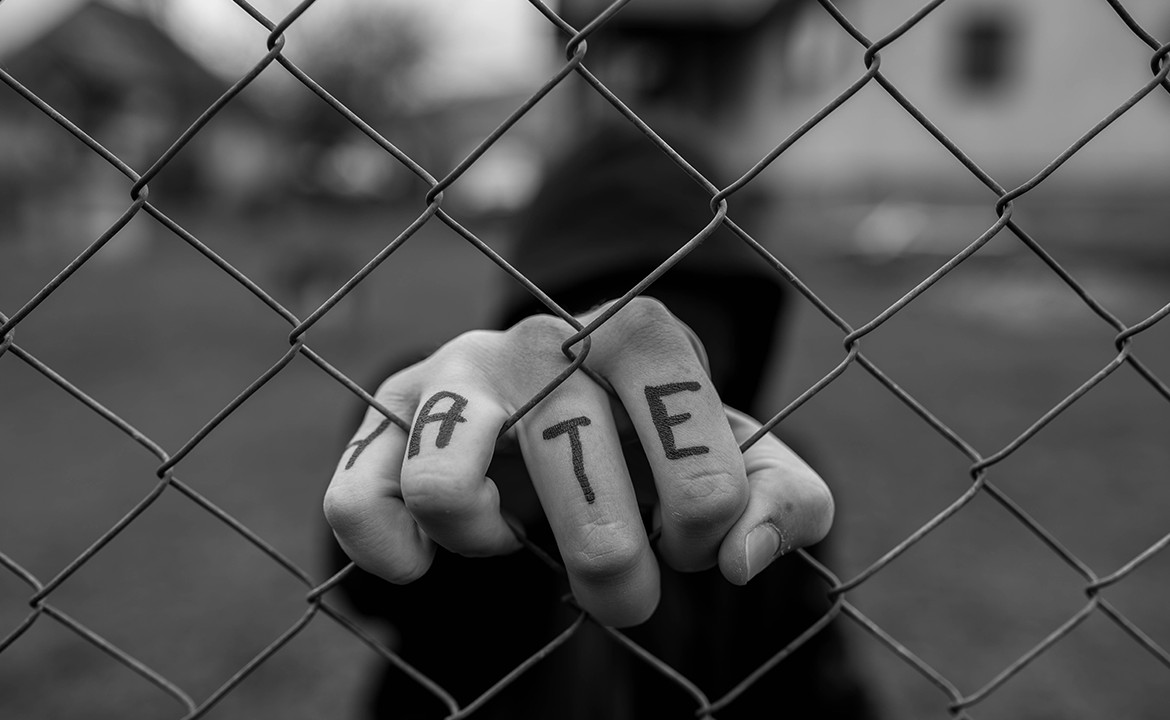Within the general classification of homicide, which is legally defined as an act or omission which causes the death of another, there are the crimes of murder and manslaughter.
The essential difference between murder and manslaughter is the degree of intent and requisite state of mind of the person committing the homicide.
In legal terms, the defining nature of the intent, or lack of it, is known as mens rea. This term refers to the defendant’s specific state of mind at the time the crime was committed.
This article provides a summary of the crimes of murder and manslaughter and their differences.
The Crime of Murder
The U.S. Criminal Code defines murder as “[T]he unlawful killing of a human being with malice aforethought.”
The Code separates murder into the first and second degrees. If charged with murder, the degree of seriousness depends on the person who committed the act.
Murder In the First Degree
Under 18 U.S. Code Section 1111:
Murder in the first degree includes murder committed by lying in wait, using poison, or any other kind of willful, deliberate, malicious, and premeditated killing.
Murder in the first degree also includes killings committed in the perpetration or the attempted perpetration of any arson, escape, kidnapping, treason, espionage, sabotage, aggravated sexual abuse or sexual abuse, burglary, or robbery.
Murder In the Second Degree
All other murders not in the first degree are considered murders in the second degree. Therefore, if the killer lacked malice as defined by statute, or their act was not premeditated, the charge would likely be murder in the second degree.
Depending on the state’s criminal statute, those guilty of murder in the first degree may be sentenced to life in prison or death.
Reckless Disregard
Though rare, an accidental killing may still be prosecuted as second-degree murder if the act causing the death was done with a knowing reckless disregard for the safety of others.
Those guilty of second-degree murder can be imprisoned for multiple years to life imprisonment depending on the circumstances and the state of mind of the defendant at the time of the crime.
Defenses to Murder
Self Defense
A common defense against murder is self-defense. However, most states require that the defendant’s force used to kill the other was not more than the force reasonably necessary to fend off the actual threat of death.
Mitigating Defenses
A common mitigating defense to murder is that the defendant did not act with the specific intent to kill the person. This often means that the death was an accident or an act of ordinary carelessness.
Mitigating defenses are discussed below under voluntary and involuntary manslaughter.
The Crimes of Voluntary and Involuntary Manslaughter
Manslaughter is a common-law crime based on the act of causing another person’s death. Later, manslaughter was divided into two broad categories, intentional and unintentional killings. Deliberate killings fell within the category of murder, and accidental killings fell within the category of gross negligence.
This left a gap for unintentional deaths that still had some degree of criminal culpability.
While the crime of manslaughter had its roots in common law, it has since become codified by state statutes throughout the United States.
Today, the crime of manslaughter has two statutory forms voluntary and involuntary manslaughter. The difference depends on the degree of criminal intent and culpability involved in the killing.
There is also a third form of manslaughter, sometimes called misdemeanor manslaughter.
Misdemeanor manslaughter is not an intentional killing. The fatality, however, occurs while the accused is in the process of committing a misdemeanor.
Felony Murder Rule
The parent crime of misdemeanor manslaughter is the crime of felony murder.
Under the felony murder rule, the killing is considered murder if it occurred in the commission of a dangerous felony such as an armed robbery or kidnapping.
Voluntary Manslaughter
Under most states, voluntary manslaughter is an intentional killing of another, but without prior intent to kill. For example, an argument occurred at a bar, and a physical fight ensued, resulting in the death of one of the combatants. While the offender meant to cause physical harm, there was no intent to kill the person.
In most states, reasonable provocation and diminished capacity (heat of passion) are mitigating defenses and can reduce the crime voluntarily to involuntary manslaughter, which carries a much lighter sentence.
Legal defenses to voluntary manslaughter include self-defense, intoxication, accidental killing, and insanity.
To prove a crime of voluntary manslaughter where the mitigating defense is a provocation, the prosecutor must prove that:
- The provocation would make a reasonable person lose control.
- The provocation actually provoked the defendant.
- The defendant was unable to cool down before the killing.
Prison Term – Voluntary Manslaughter
The federal penalty for voluntary manslaughter is eight years imprisonment plus fines. The sentence can be increased for dangerous and reckless behavior or if the defendant has a criminal history of violent or aggressive behavior.
Involuntary Manslaughter
Involuntary manslaughter is the accidental killing of another person without the intent to cause death. It’s helpful to consider this crime as gross negligence or recklessness, otherwise known as criminal negligence.
To prove involuntary manslaughter, the prosecutor must prove the defendant’s act must have been inherently dangerous and knowingly reckless to the extent that the defendant knew he was creating a risk of injury or death to others.
The prosecution must show that the killing resulted from an act by the defendant, that this act was inherently dangerous or done recklessly, and that the defendant should have known the action threatened the lives of others.
Defenses to Involuntary Manslaughter
The primary defense to involuntary manslaughter is to show that the prosecutor could not provide sufficient evidence to prove the necessary elements of the crime. Specifically, the defendant was neither aware of the inherent danger nor believed the conduct was reckless.
Finally, the defendant did not know his actions would result in death or great bodily harm. In closing argument, the defense lawyer will agree that it was a terrible accident that shouldn’t have happened but that the proper resolution to the case belongs in civil, not criminal court.
Prison Term Involuntary Manslaughter
Under federal law, the base sentence for involuntary manslaughter is 10 to 16 months in prison. The sentence can be increased on a finding of prior dangerous behavior or the defendant’s history of aggressive risk-taking.
Vehicular Manslaughter – Impaired Driving
State jurisdictions vary widely on the elements and required conditions necessary to convict a drug or alcohol-impaired driver of vehicular manslaughter. Most states have vehicular manslaughter statutes to convict impaired drivers of vehicular manslaughter, assuming the prosecutor can prove the case beyond a reasonable doubt that the death was caused by such impairment.
In DUI prosecutions, while there is not usually a specific intent to kill or harm another person if the circumstances involve a fatality and the defendant demonstrated a conscious and reckless disregard for the safety of others or extreme indifference to human life, many states would charge the crime as voluntary manslaughter.
How DUI Manslaughter Can Sometimes Be Charged as Murder
Some states, such as California, follow the Watson Murder Rule, which allows the prosecutor to charge second-degree murder under California’s Penal Code section 187 if the prosecutor can establish that the defendant has a history of drunk driving convictions.
If there was specific evidence showing the defendant demonstrated an extreme indifference to human life, then the mental state of malice can be legally implied.
California’s statutory penalty for second-degree murder under a Watson Conviction is 15 years to life in state prison.
The Watson Advisement
In California, the judge at a DUI sentencing must advise the convicted driver of the Watson Rule, which puts the offender on legal notice that should the offender have a subsequent DUI involving a fatality, the prosecutor can charge the defendant with murder.
Consult A Criminal Defense Lawyer
Should you have specific questions or require additional information about your legal rights and obligations, we recommend you consult a verified Criminal Defense Lawyer as soon as possible.









